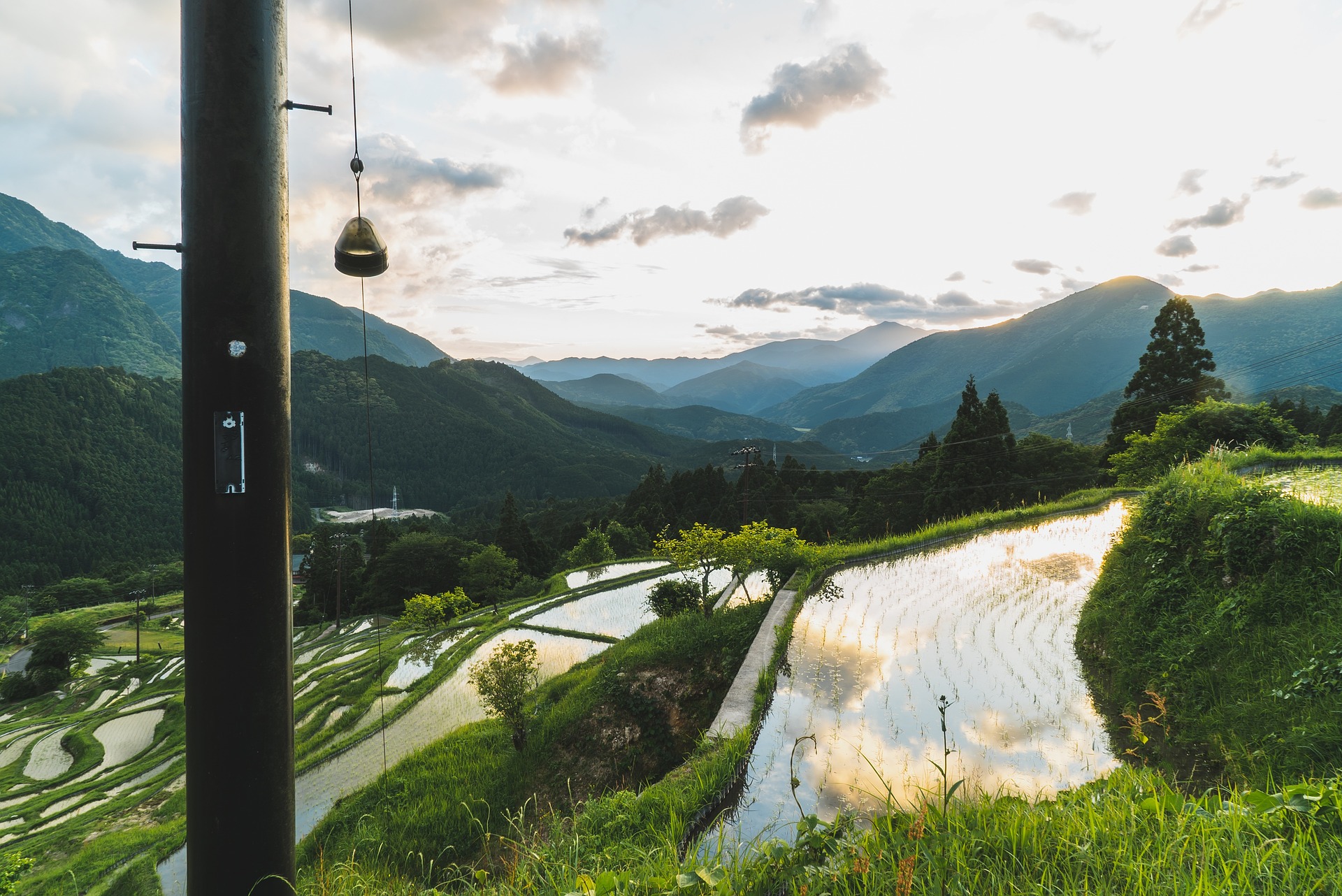Culture & Travel
21 October 2024A sacred pilgrimage route that blends Japan’s mystical atmosphere with spiritual experiences immersed in nature. This ancient path has been guiding visitors from all over the world on profound inner journeys for over a thousand years.
If you're interested in exploring Japan's cultural heritage in a unique way, we've shared everything you need to know about Kumano Kodo in this article.
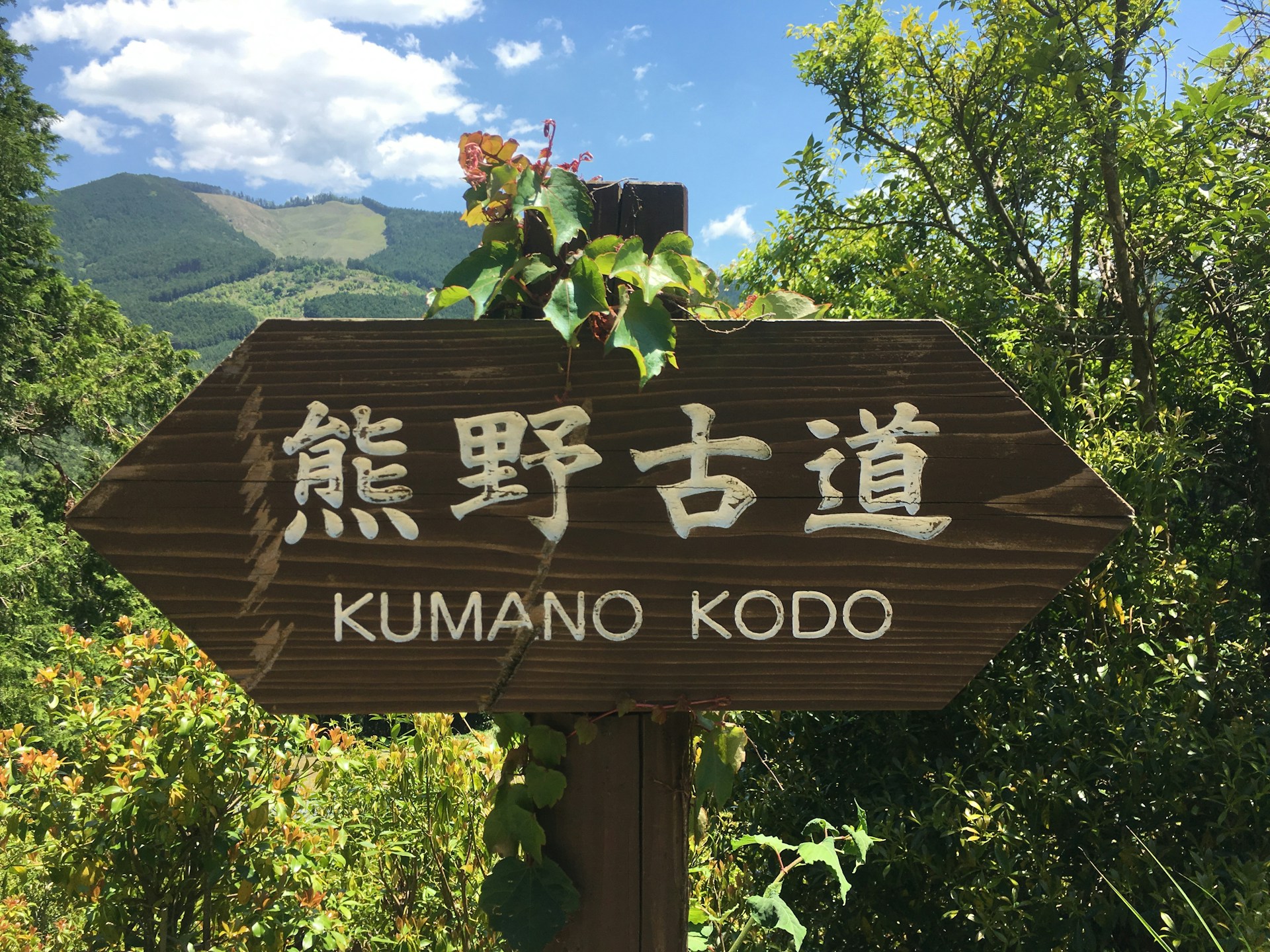
The History and Cultural Significance of Kumano Kodo
Kumano Kodo is an ancient pilgrimage route located on Japan’s Kii Peninsula, leading to three sacred shrines: Kumano Hongu Taisha, Kumano Nachi Taisha, and Kumano Hayatama Taisha. Listed as a UNESCO World Heritage Site, the route symbolizes humanity's desire to reconnect with nature.
Let’s delve into Kumano Kodo’s mythological connections. The region shaped around these sacred shrines, considered the home of Japanese gods, is also a convergence point for Shintoism and Buddhism. These holy sites have long been places where pilgrims perform purification rituals. If you choose to walk the Kumano Kodo today, remember that the trees, stone paths, and water sources along the way hold deep significance in Japanese mythology, offering everyone who walks the path a chance to form a spiritual connection.
Discovering Traditional Japanese Culture on Kumano Kodo
The small villages and towns along Kumano Kodo offer unique opportunities to experience Japan’s traditional way of life. You can stay in places like ryokan (traditional Japanese inns) and minshuku (family-run guesthouses), where you can enjoy Japanese hospitality and sample traditional cuisine.
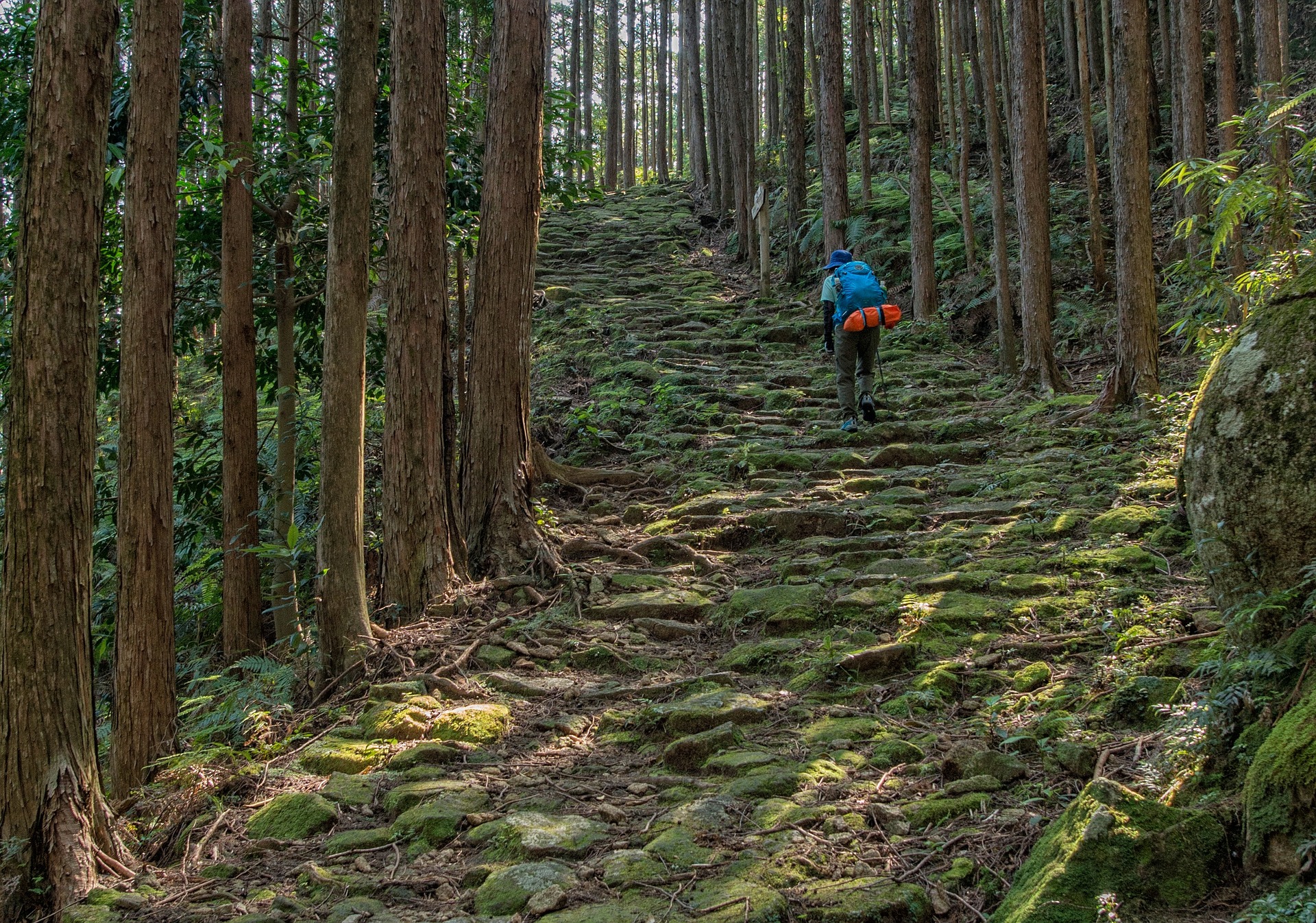
Meditation and Mindfulness on Kumano Kodo
In recent years, Kumano Kodo has become a popular destination for those looking to practice meditation and mindfulness. As you walk through the silence of nature, focusing only on your footsteps, you can calm your mind and heighten your awareness. Meditating in sacred spots like Nachi Falls can help you achieve inner peace more easily.
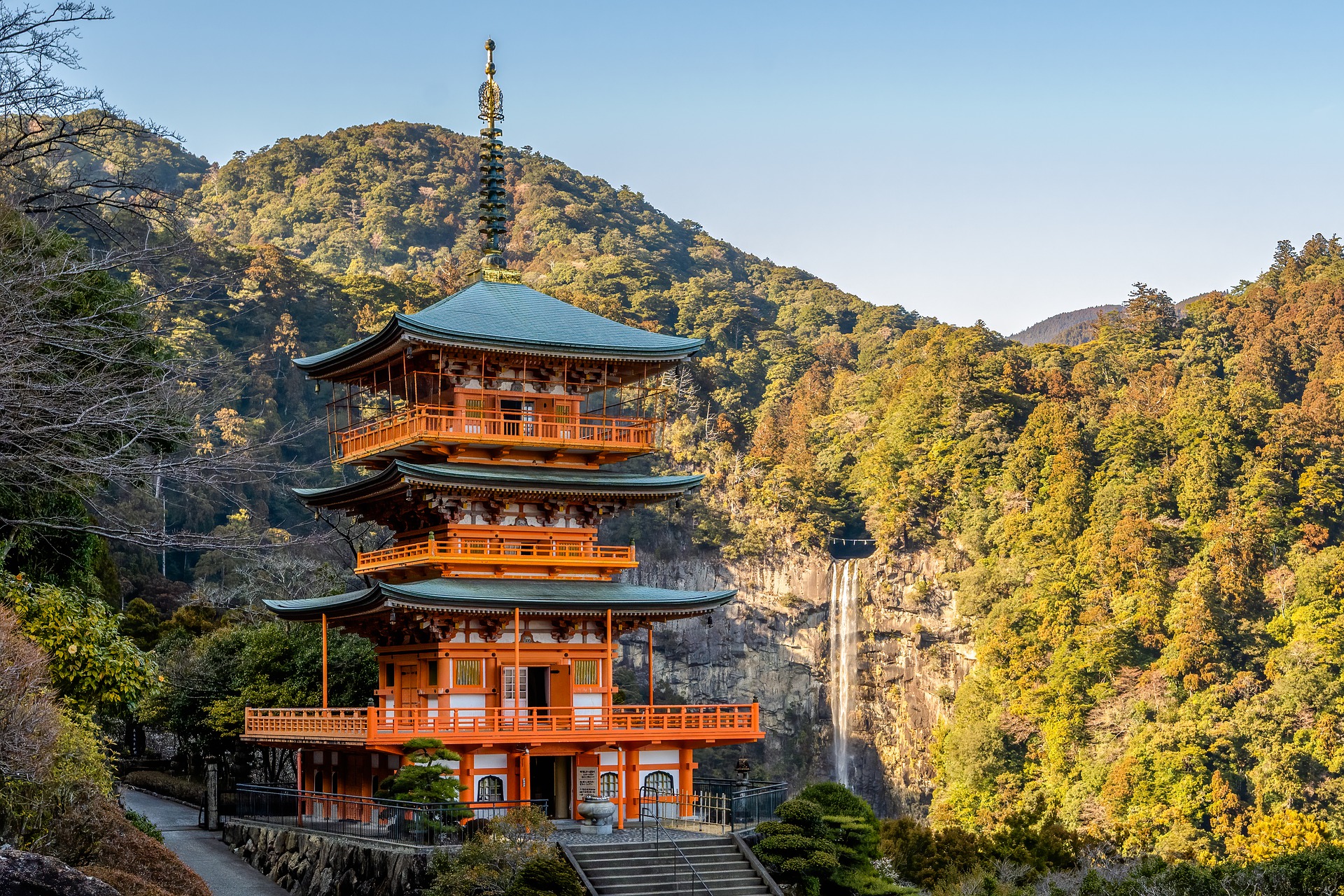
Preparing Physically and Mentally for Kumano Kodo
Walking the Kumano Kodo requires both physical and mental preparation, so planning ahead is essential. To be ready for the sometimes challenging routes, make sure to have sturdy walking shoes, comfortable clothing, and carry water with you. Maps and GPS are also crucial, as some paths may not be well-marked.
Alternative Routes on Kumano Kodo
There are several different routes on Kumano Kodo, each offering varying levels of difficulty. Let’s introduce the routes:
• Nakahechi Route: This is the most popular route and takes 4-5 days to complete, running from Kii-Tanabe to Kumano Hongu Taisha.
• Kohechi Route: Known for its mountain passes, this is a more challenging route. If you’ve had prior training, this could be a good choice.
• Iseji Route: Extending from Ise Shrine to Kumano Sanzan, this route offers scenic coastal views, making it perfect for photography enthusiasts.
Experiencing Hot Springs (Onsen) on Kumano Kodo
The hot springs (onsen) along the Kumano Kodo route offer a perfect opportunity to relax after your walk. Experiencing this traditional Japanese way of unwinding will help you recover from the physical demands of the journey.
The Role of the Kumano Kodo Pilgrimage in Today’s World
In today’s fast-paced world, pilgrimage routes like Kumano Kodo are increasingly popular for those seeking spiritual fulfillment and inner peace. Many of us are searching for ways to escape stressful modern life and relax both physically and spiritually. As one of the oldest and most meaningful pilgrimage routes, Kumano Kodo answers this call.
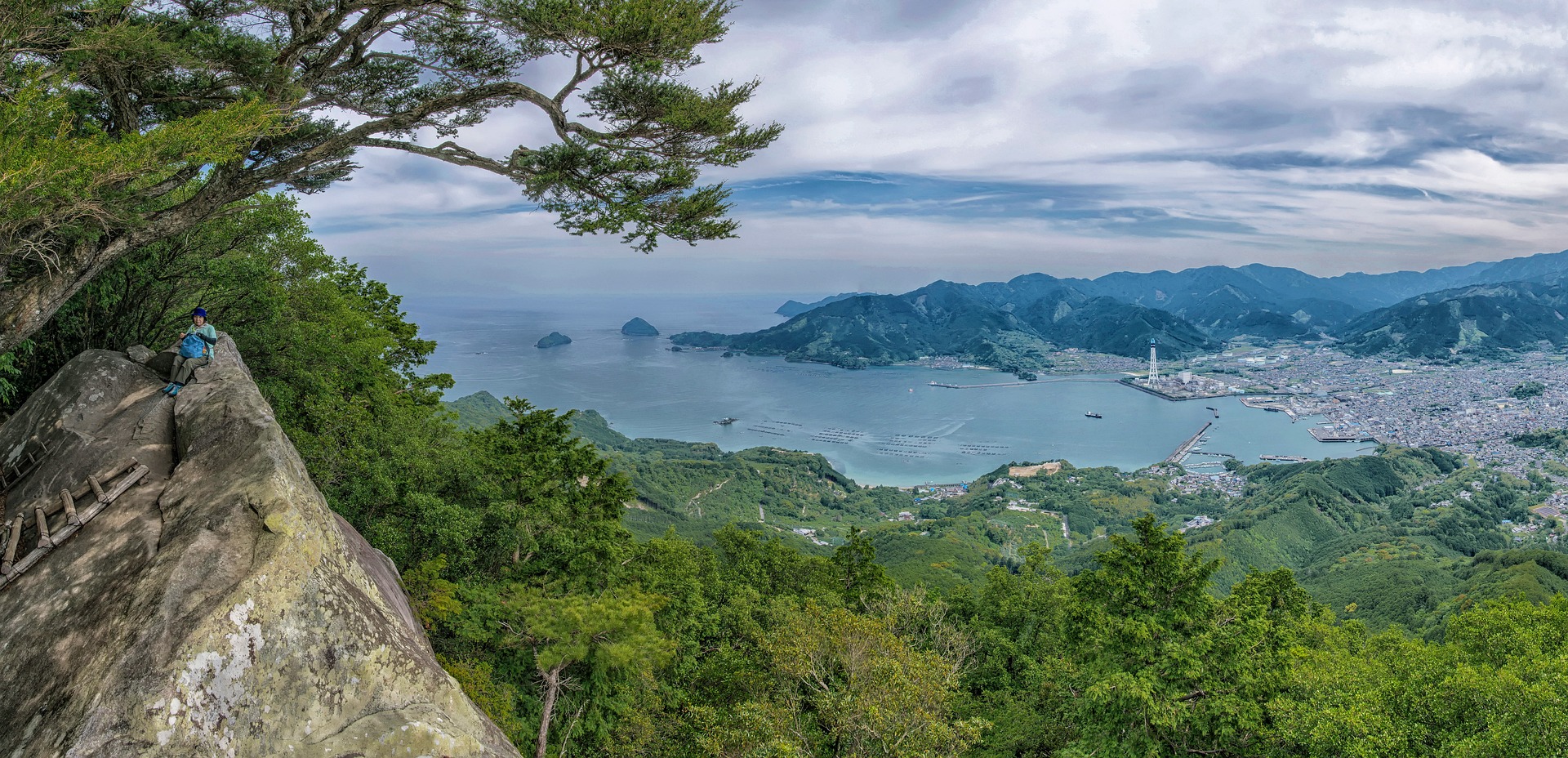
When to Visit Kumano Kodo
A trip to Kumano Kodo offers different experiences depending on the season:
• Spring (March - May): As the cherry blossoms bloom, the reawakening of nature provides a visual feast for hikers. The cool weather is ideal for walking.
• Summer (June - August): While summer can be hot and humid, this is when nature is at its greenest, and many of Japan’s festivals take place during this time.
• Autumn (September - November): When the trees turn shades of red, orange, and yellow, the stunning scenery will nourish your soul. The cool weather makes it one of the best seasons for hiking.
• Winter (December - February): This season is perfect for those seeking quiet and peace. Snow may make the route more difficult, but the winter landscape offers its own beauty.
How to Get to Kumano Kodo
There are direct flights from Istanbul to Tokyo or Osaka to reach Japan.
• From Tokyo: You can take the bullet train (Shinkansen) to Osaka, a journey of about 3 hours. From Osaka, you can take a train to starting points like Kii-Tanabe or Shingu.
• From Kansai International Airport: From Kansai Airport, you can take a 3-hour train ride to Kii-Tanabe, where you can begin one of Kumano Kodo’s routes.

